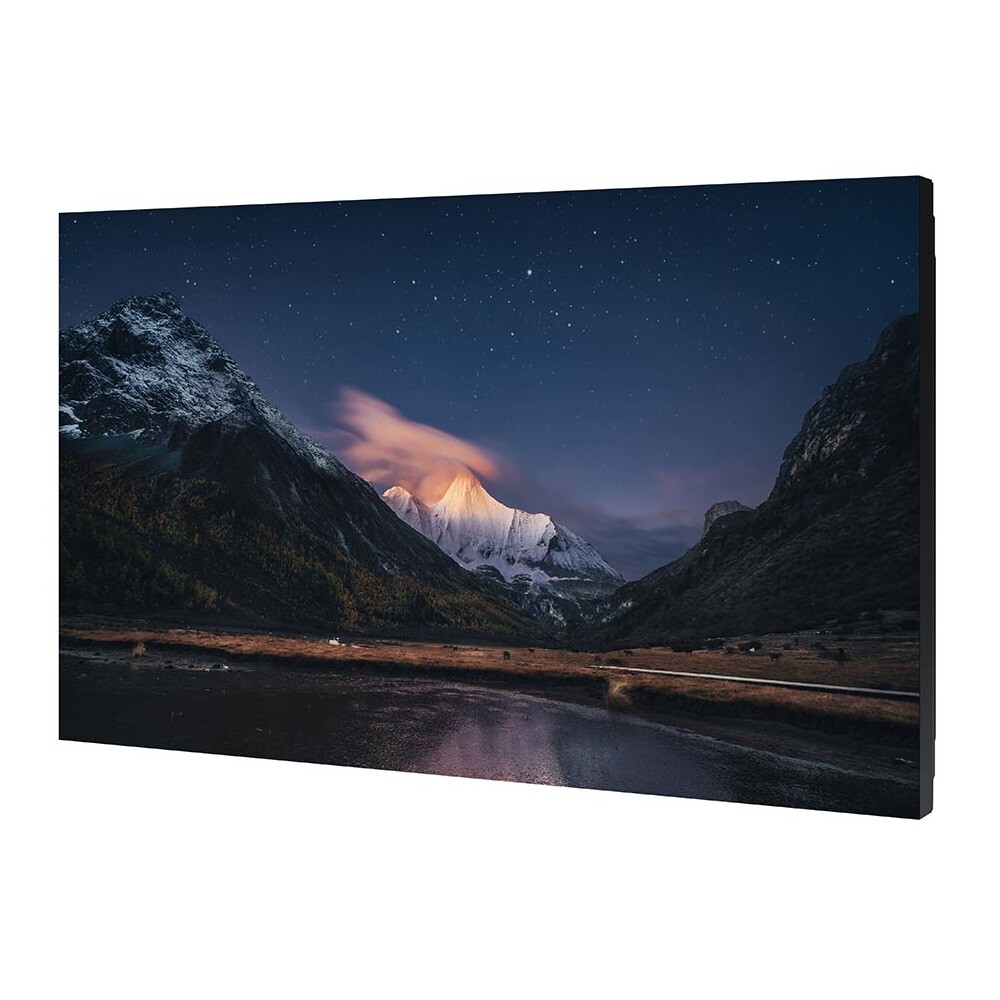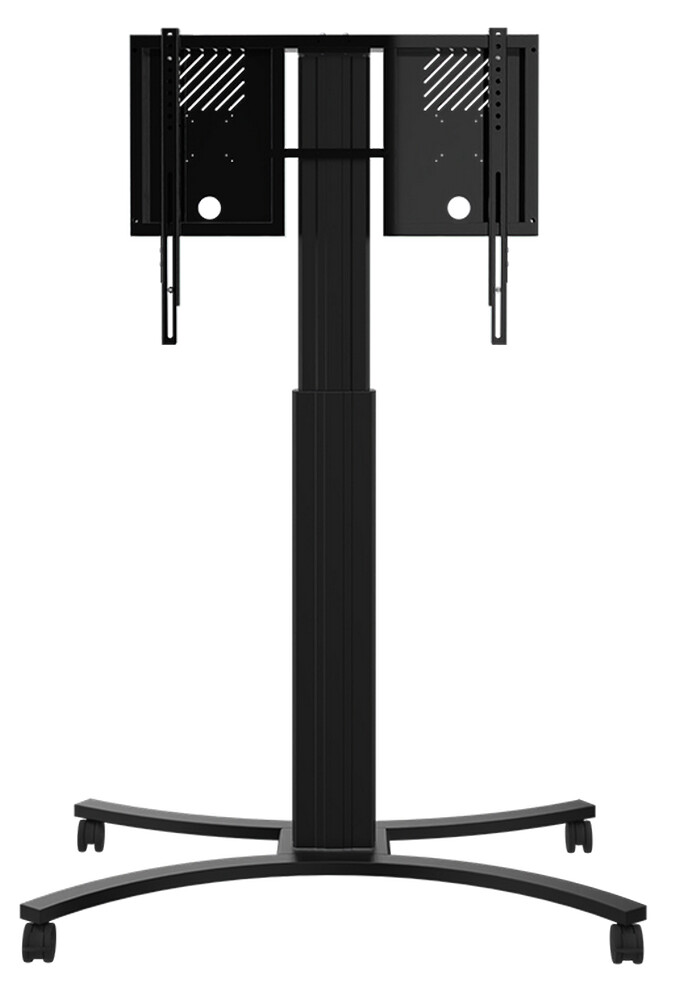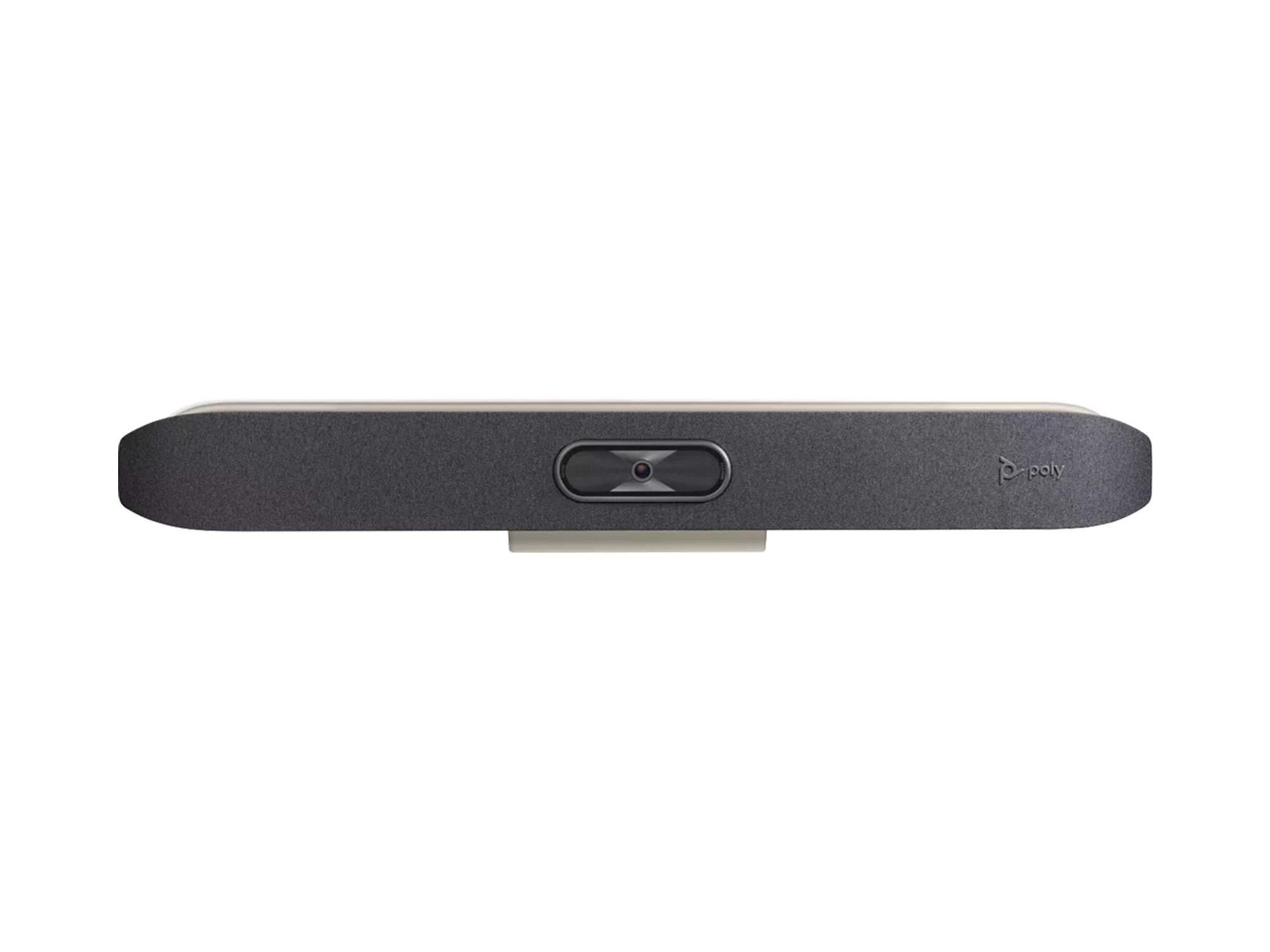































£2,821.90*
- Resolution 1920 x 1080 Full HD
- Max. Brightness 500 cd/m²
- Panel type IPS
- Contrast Ratio 1,100 :1



Frequently purchased together
Product information
An immersive and seamless experience with an exceptionally narrow bezel
- The wafer-thin bezel, just 0.44 mm thin, delivers an impressive, seamless picture.
- Large viewing angles enable a clear picture display for more viewers in large rooms
- Image enhancement technology delivers optimised images
- 500 nit brightness and a glare-free panel ensure high visibility around the clock
Seamless video walls with razor-thin bezels
With an exceptionally narrow bezel of just 0.44 mm and equipped with Samsung's advanced image enhancement technology and wide viewing angles, the VMB-R delivers an immersive and seamless experience. Thanks to its modern, slim design, the display blends into any business environment.
Nearly invisible 0.44 mm bezel
The exceptionally thin bezel of just 0.44 mm - a depth of 0.88 mm from bezel to bezel - allows content to be displayed in a single, seamless image. In addition, the display eliminates possible image distortion for a more immersive viewing experience.
View content from any angle
Thanks to the display's wide viewing angle, content is clearly visible even when the viewer is not standing directly in front of the display. The audience receives clear and accurate information regardless of the video wall layout and location.
Picture Enhancement Technology
Samsung's powerful picture enhancement technology ensures that all content is vivid and clear. Picture Enhancer mode improves colour saturation and contrast by adjusting the gamma curve. Black Equalizer mode brightens dark images so details are easier to see.
Modern, slim design
The VMB-R displays feature an upscale design aesthetic with an ultra-slim depth of less than 70 mm. As a result, the display saves space and creates a clean, modern look for retail or other public areas.
Live images 24/7
Experience a brilliant image display with an impressive 500 nit brightness that enables businesses to deliver clear information 24/7. The display's anti-glare panels ensure better visibility regardless of ambient light, so important information is always visible.
Convenient mobile calibration
Samsung's Color Expert Pro Mobile solution enables quick and easy video wall calibration via a mobile camera. With the solution's intuitive user interface, even non-professionals can adjust the white balance of up to 5x5 video walls simultaneously without the need for additional equipment.
Comprehensive calibration
Samsung's multi-step factory calibration process tunes video walls for consistent brightness and colour across multiple displays. In addition to rigorous factory calibration, users can also manage brightness and colour uniformity with Samsung's Color Expert Pro, a powerful free software programme.
Enhanced UHD presentation
Samsung video walls deliver an immersive UHD experience with minimal effort. Featuring a daisy-chain design with DisplayPort 1.2 and HDMI connectors, the VMB-R display can project UHD content to multiple screens - up to 5 x 5 - without the need for an external graphics card or UHD splitters.
Certified to industry standards
The VMB-R series is EMC Class A, meeting stringent electromagnetic wave emission standards, while IP5x certification protects the display from dust and other conditions. The display packaging has also passed a rigorous 4-stage ISTA-certified test to minimise potential damage during delivery.
Intuitive all-in-one operation
The UHD Signage Player Box combines information processing and content management tools into a single platform for ease of use. Weighing only 0.6 kg, even with the MagicINFO S Player 6 and SSSP 6 integrated, the box's compact design makes it an ideal solution.
Technical data
| Name | Samsung VM55B-R 55" Display |
|---|---|
| Article number | 1000024535 |
| GTIN/EAN | 8806094282900 |
| Manufacturer SKU | LH55VMBRBGBXEN |
| EPREL ID | 1112159 |
| Model name | VM55B-R |
| Brand | Samsung |
| Product Type | Non-Touch Display |
| Product Series | Samsung VM Series |
| Technology | LCD |
| Panel type | IPS |
| Resolution | 1920 x 1080 Full HD |
| Diagonal | 55" |
| Aspect Ratio | 16:9 |
| Viewing angle - Horizontal | 178° |
| Viewing angle - Vertical | 178° |
| Contrast Ratio | 1,100 :1 |
| Max. Brightness | 500 cd/m² |
| run-time | 24/7 |
| Response time | 8ms |
| Haze Level | 28% |
| Support - VESA | 600 x 400 |
| Frame width | 0.44 mm |
| Inputs | 1x 3,5mm Jack , 1x Ethernet , 1x RS232 , 1x USB-A , 2x HDMI |
| Outputs | 1x 3,5mm Jack , 1x Displayport |
| Features | Integrated speaker , Slim frame |
| Product width | 121.1 cm |
| Product height | 68.17 cm |
| Product depth | 6.99 cm |
| Weight | 16.8 kg |
| Colour | Black |
| EEK Spectrum | A to G |
| Energy efficency class | G |
| Delivery contents | DisplayPort Cable , Remote control |
| Condition | New |
| Warranty | 36 Month |
| Warranty type | Onsite Repair Service and support information |
Downloads
Product safety
| Person responsible for the EU |
|---|
| Samsung Electronics GmbH |
| Am Kronberger Hang 6 |
| 65824 Schwalbach |
| Germany |
| sseg.comm@samsung.com |





















